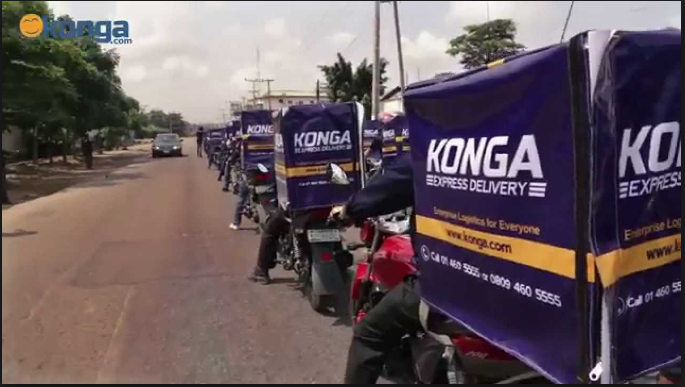The business of selling consumer goods and services online is a relatively young endeavor across Africa, but ecommerce is set to boom.
Over the last eight years, the sector has seen its first phase of big VC fundings, startup duels and attrition.
To date, scaling e-commerce in Africa has straddled the line of challenge and opportunity, perhaps more than any other market in the world. Across major African economies, many of the requisites for online retail — internet access, digital payment adoption, and 3PL delivery options — have been severely lacking.
Still, startups jumped into this market for the chance to digitize a share of Africa’s fast growing consumer spending, expected to top $2 billion by 2025.
African e-commerce 2.0 will include some old and new players, play out across more countries, place more priority on internet services, and see the entry of China.
But before highlighting several things to look out for in the future of digital-retail on the continent, a look back is beneficial.
Jumia vs. Konga
The early years for development of African online shopping largely played out in Nigeria (and to some extent South Africa). Anyone who visited Nigeria from 2012 to 2016 likely saw evidence of one of the continent’s early e-commerce showdowns. Nigeria had its own Coke vs. Pepsi-like duel — a race between ventures Konga and Jumia to out-advertise and out-discount each other in a quest to scale online shopping in Africa’s largest economy and most populous nation.
Traveling in Lagos traffic, large billboards for each startup faced off across the skyline, as their delivery motorcycles buzzed between stopped cars.
 Covering each company early on, it appeared a battle of VC attrition. The challenge: who could continue to raise enough capital to absorb the losses of simultaneously capturing and creating an e-commerce market in notoriously difficult conditions.
Covering each company early on, it appeared a battle of VC attrition. The challenge: who could continue to raise enough capital to absorb the losses of simultaneously capturing and creating an e-commerce market in notoriously difficult conditions.
In addition to the aforementioned challenges, Nigeria also had (and continues to have) shoddy electricity.
Both Konga — founded by Nigerian Sim Shagaya — and Jumia — originally founded by two Nigerians and two Frenchman — were forced to burn capital building fulfillment operations most e-commerce startups source to third parties.
That included their own delivery and payment services (KongaPay and JumiaPay). In addition to sales of goods from mobile-phones to diapers, both startups also began experimenting with verticals for internet based services, such as food-delivery and classifieds.

While Jumia and Konga were competing in Nigeria, there was another VC driven race for e-commerce playing out in South Africa — the continent’s second largest and most advanced economy.
E-tailers Takealot and Kalahari had been jockeying for market share since 2011 after raising capital in the hundreds of millions of dollars from investors Naspers and U.S. fund Tiger Global Management.
So how did things turn out in West and Southern Africa? In 2014, the lead investor of a flailing Kalahari — Naspers — facilitated a merger with Takealot (that was more of an acquisition). They nixed the Kalahari brand in 2016 and bought out Takelot’s largest investor, Tiger Global, in 2018. Takealot is now South Africa’s leading e-commerce site by market share, but only operates in one country.
In Nigeria, by 2016 Jumia had outpaced its rival Konga in Alexa ratings (6 vs 14), while out-raising Konga (with backing of Goldman Sachs) to become Africa’s first VC backed, startup unicorn. By early 2018, Konga was purchased in a distressed acquisition and faded away as a competitor to Jumia.
Jumia went on to expand online goods and services verticals into 14 Africa countries (though it recently exited a few) and in April 2019 raised over $200 million in an NYSE IPO — the first on a major exchange for a VC-backed startup operating in Africa.
Jumia’s had bumpy road since going public — losing significant share-value after a short-sell attack earlier in 2019 — but the continent’s leading e-commerce company still has heap of capital and generates $100 million in revenues (even with losses).













